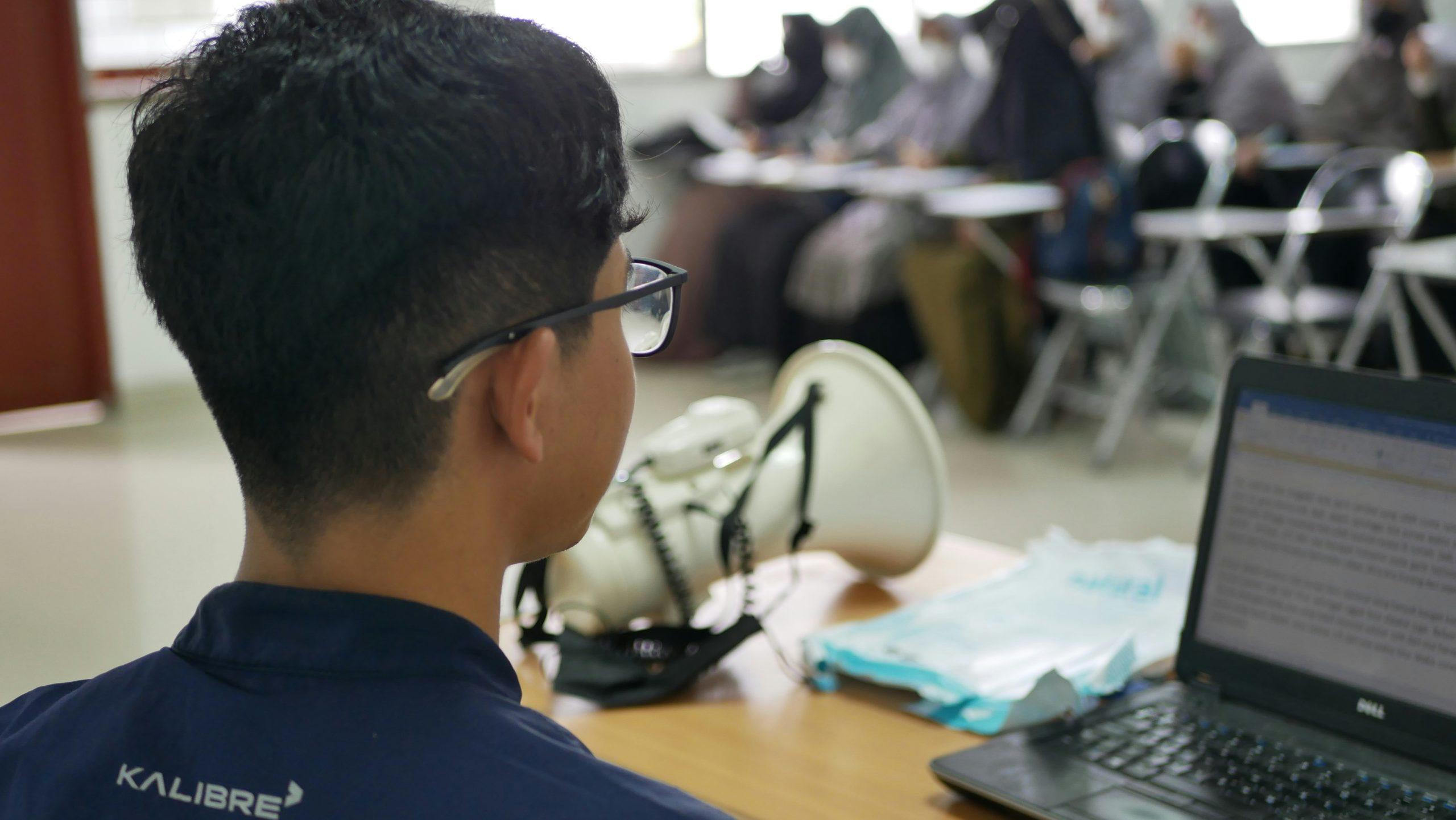The Global Race for Educational Excellence and Innovation
The global landscape of education is rapidly evolving with each passing year, as countries strive to achieve educational excellence and foster innovation within their respective systems. This pursuit of excellence has resulted in a fierce global race, with countries constantly competing to outdo one another in terms of educational outcomes and innovation. In this article, we will dive deeper into this race for educational excellence and innovation, exploring the strategies used by various countries and the impact it has on their respective education systems.
The Driving Force Behind the Race
The pursuit of educational excellence and innovation is driven by the ever-increasing demand for a highly skilled and competitive workforce in the global job market. As technology continues to advance and industries become more competitive, countries recognize the need to equip their citizens with the necessary skills and knowledge to thrive in the modern world. As a result, education has become a top priority for governments, and the race for excellence and innovation has gained momentum.
The Asian Tigers: Pioneers of Educational Excellence
The past few decades have seen a remarkable rise in the performance of Asian countries in international education assessments such as the Programme for International Student Assessment (PISA). The so-called “Asian Tigers” – South Korea, China, Japan, and Singapore – have consistently ranked among the top performers in these assessments, thanks to their highly competitive education systems. These countries have invested heavily in education, focusing on areas such as teacher training, curriculum development, and technology integration to drive academic excellence.
Finland: A Model for Educational Innovation
While Asian countries have excelled in traditional academic subjects, Finland has emerged as a leader in educational innovation. Despite not participating in international assessments, Finland has garnered attention for its unique approach to education, which prioritizes play, creativity, and problem-solving skills over rote learning. This innovation-driven approach has resulted in consistently high levels of student engagement and satisfaction, propelling Finland to the top ranks in global education rankings.
The Impact on Students and Society
The race for educational excellence and innovation has had a profound impact on students and societies as a whole. Countries that have succeeded in this race have seen significant improvements in their education systems, resulting in better career prospects, higher incomes, and greater economic growth. Students from these countries also tend to be more adaptable and equipped with a diverse skill set, making them valuable assets in the global job market.
The Dark Side of the Race
While the pursuit of educational excellence and innovation has yielded many positive outcomes, it has also led to some negative consequences. The pressure to excel has resulted in an increased emphasis on standardized testing and a narrow focus on academic success, leading to intense stress among students and widening inequality. This has also led to a growing education gap between urban and rural areas, with those in urban areas having better access to quality education and resources.
The Role of Technology in the Race
In this digital age, technology plays a crucial role in driving educational excellence and fostering innovation. Countries at the forefront of the race have embraced technology in their education systems, using it to enhance teaching and learning, provide access to high-quality resources, and develop new ways of learning. From online learning platforms to virtual reality classrooms, technology has transformed the way education is delivered and has become a key factor in the global race for excellence.
The Importance of Collaboration
While competition may be the driving force behind the global race for educational excellence and innovation, collaboration is equally critical. Countries can learn from each other’s strengths and weaknesses, leading to continuous improvement and progress in education systems worldwide. Collaborative efforts can also help bridge the gap between developing and developed countries, promoting educational equity and inclusion.
Conclusion
The global race for educational excellence and innovation shows no signs of slowing down, with countries continually pushing the boundaries and seeking new ways to improve their education systems. While the pursuit of excellence and innovation has its challenges, it is a necessary step towards equipping future generations with the skills and knowledge needed to thrive in an ever-changing world. With collaboration and a focus on holistic education, this race can benefit students, societies, and the global community as a whole.











